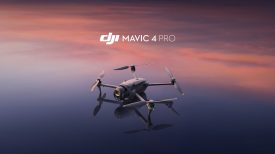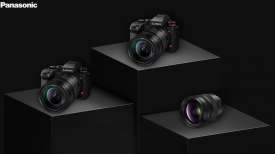By site editor Dan Chung:
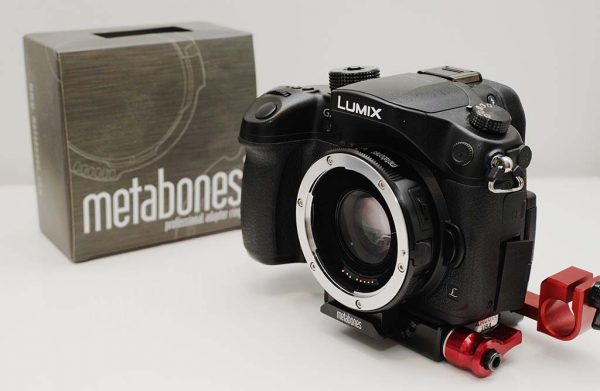
The latest Metabones Speedbooster XL is designed specifically for the Panasonic GH4. The optical adapter is a 0.64x focal length reducer and effectively transforms the 4/3 sensor of the GH4 into a Super 35 one when shooting 4K (4096 x 2160). If shooting in HD then the crop factor is reduced even more to around 1.28x. It comprises six lens elements and magically increases the amount of light hitting the sensor by 1 1/3 stops. A lens with an aperture of f1.2 would therefore deliver the same amount of light to the sensor as a f0.80 lens without a Speedbooster.
There have been previous Speedboosters that worked with the GH4, but these didn’t reduce the focal length as much, or were not specifically designed to work with the camera. By precisely matching the S35 frame size and expanding low light shooting capabilities, the new Metabones makes the Panasonic GH4 (and new G7) a very interesting proposition if you are looking for a less expensive 4K S35 camera – especially for those who have an investment in Canon glass.
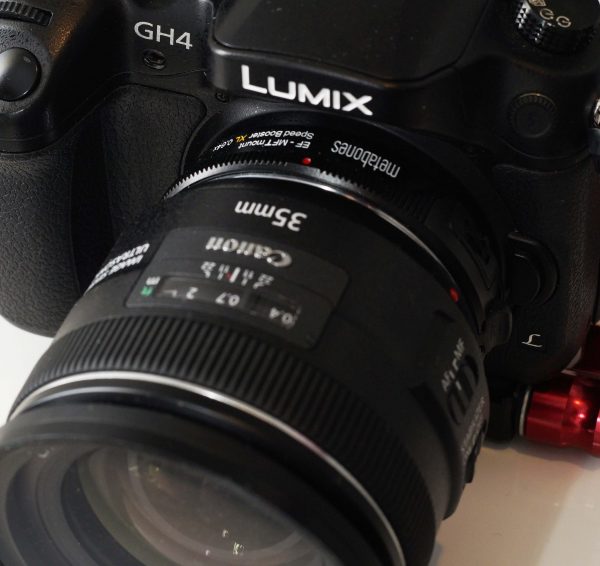
Speedboosters are divisive pieces of equipment. Some shooters swear by them, extolling the virtues of the extra field of view and light gain, others refuse to use one claiming that the additional optics degrade the image. In fact, Caldwell Photographic – the creators of the Speedboosting lens design – claim that that adapter actually increases measurable resolution, but this is only part of the story.
Other properties are perhaps what the detractors find more objectionable. By adding any optics to the rear of the original lens there are optical side effects. In the case of the Speedbooster there are distortions added to the lens (Metabones claim < 0.8%) and I suspect the odd bit of unpleasant flaring - although its really hard to tell if this is the lens or the adapter causing this. Additional optics also alter the flange back distance of the lens meaning that infinity isn’t always where it is meant to be and any lens distance markings can be incorrect. On the older EOS to NEX Speedbooster design the optics could be screwed slightly backwards or forwards to compensate, but on the new design this doesn’t seem to be possible (something I need to clarify with Metabones).
For this review the ‘smart’ Canon EF version of the Speedbooster was used. It is also available as a purely mechanical adapter for Nikon lenses. The Canon version allows control of the electronic aperture via the camera body, or alternatively a dial on the side of the adapter (although this seemed to have much larger steps between apertures). The adapter takes its power from the camera body making the whole setup very neat. Canon’s image stabilisation system also worked with the lenses I tested.
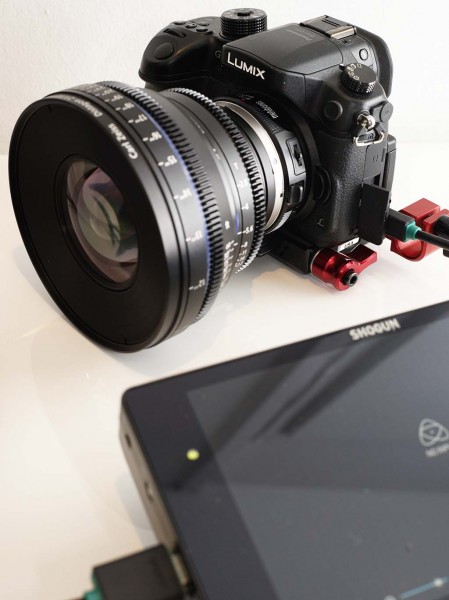
Pretty much all original Canon EF lenses and most third party ones can physically fit onto the Speedbooster. Unfortunately Canon’s EF-S lenses such as the 17-55mm f2.8L IS and 10-22mm f3.5-4.5 won’t go on. This is because they protrude too far to the rear and would collide with the Speedbooster optics. The same is true for some adapted manual focus lenses with protruding elements or metal parts, and also most PL cine lenses with EOS adapters fitted. Fortunately my Zeiss CP lenses with dedicated EF mounts seem to fit and so there is a least one working cine lens solution should you choose to go that route.
I’ve been pretty busy lately but found time to head to Leicester Square and shoot a few quick (and unscientific) test shots with the GH4/Speedbooster combo. Lenses used were the Tokina 11-16 T3 Cine lens, Sigma 18-35 f1.8 and Canon 70-200 f2.8L IS II. Mostly the aperture is wide open, or closed down about one stop. A Heliopan variable ND filter was used for all shots.
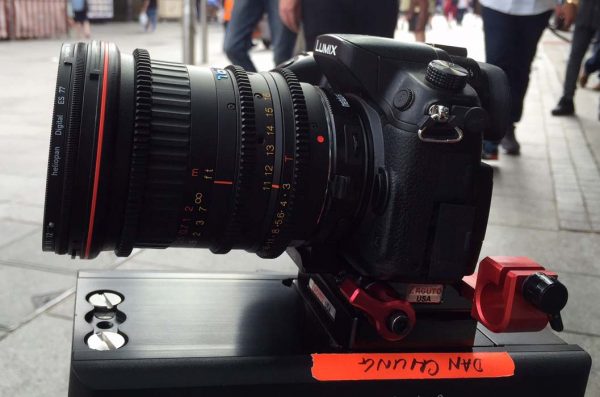
The footage was shot in 4K at 25 frames a second, recorded internally to card. ISO was set to 200 and the GH4 was set in Cinelike V with minimum contrast, saturation and noise reduction.
The footage here is ungraded.
I was pretty impressed with the results and the adapter clearly does what Metabones claim. The depth of field and the bokeh from my lenses was the same as I would expect from any of the S35 cameras. There was some distortion but nothing that I would consider unusable for factual television making (much much less in fact than any of the 2/3 and EX1 wide angle adapters routinely used for TV and doc work).
Mechanically the adapter is pretty solid. There is some play in the MFT mount and that is to be expected. If you want it to be more solid then you will have to secure the lens mount and adapter together using the tripod foot on the Metabones. Several third party camera cages now allow you to do this. There is also some play in the EF side and this is like other Metabones adapters – it would be nice to see a locking version in the future that is more secure.
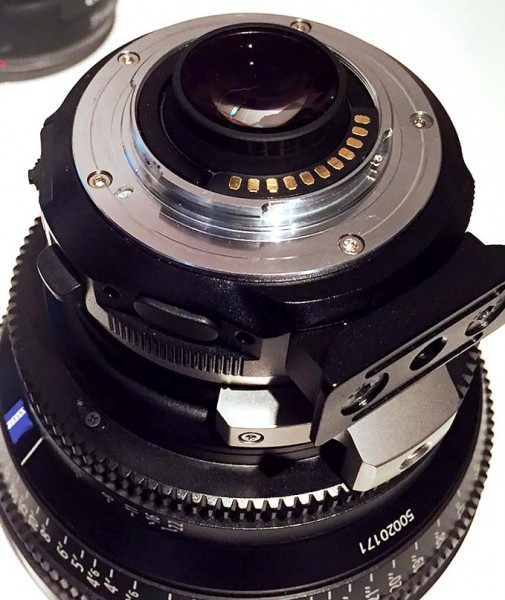
I did find that none of the lenses I used held focus through the range of the zoom. This was to be expected as none are parfocal by default. However the amount that the lenses drifted out of focus while zooming was greater than it would have been with a lens with a regular adapter – I can only assume this is due to the Speedbooster. I rarely zoom through shots so this wasn’t a huge deal for me – if you do then I would suggest the Speedbooster is not for you.
The iris worked consistently, although if you knock the aperture dial on the lens inadvertently then it seems to stop the aperture dial on the camera working. I had none of the aperture lockup issues that I used to encounter with my Metabones EF to NEX adapters.
What let the shots down in some cases wasn’t the adapter, but the GH4’s Cinelike V profile not having enough range to cope with the highlights. A log profile would have coped better but as yet the GH4 doesn’t have one (unless you are a happy V-log beta tester).
What the GH4 now offers is a S35 camera that can record 4K internally in 8-bit, plus 10-but recording externally to a recorder like the Atomos Shogun – a trick that even the new Sony a7R II can’t pull off. What the GH4/Speedbooster combination really lacks now is the highly anticipated V-log profile, something I hope will come very soon from Panasonic.
The Speedbooster XL is not of course a panacea. Don’t expect the images coming out of the GH4 combo to beat a RED Dragon or an ARRI Alexa. It won’t. For now though I would be happy to recommend it to GH4 users who want the S35 frame size without the expense.
I’m going to continue to test this adapter and perhaps do some low light testing next.
For more details visit the Metabones website.
The new Speedbooster is also available to order at B+H.
Full disclosure – This adapter was provided by Metabones for review purposes.




